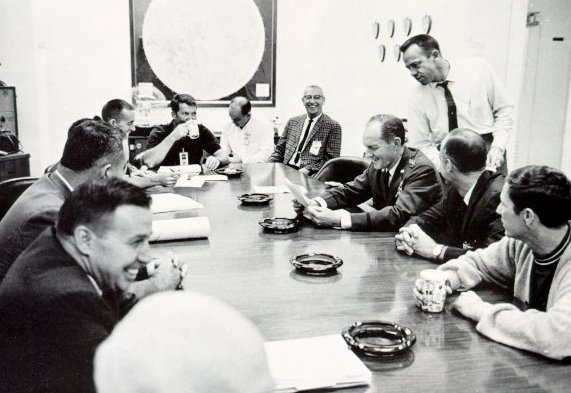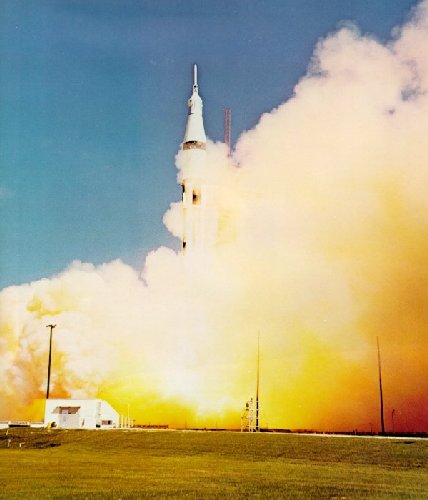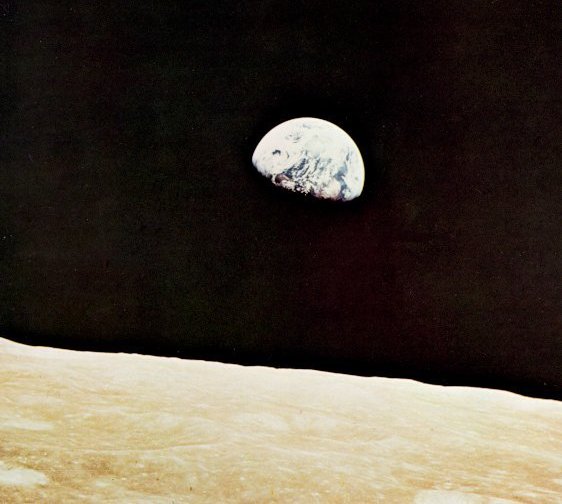Graduated missions led confidently to a landing on the Moon
We designed seven types of missions to
test the suitability and safety of all equipment
in all mission phases. These were
designated by letters A through G:
- Unmanned flights of launch vehicles and
the CSM, to demonstrate the adequacy of
their design and to certify safety for men.
Five of these flights were flown between
February 1966 and April 1968; Apollo 6
was the last.
- Unmanned flight of the LM, to demonstrate
the adequacy of its design and to
certify its safety for men. The flight of
Apollo 5 in January 1968 accomplished this.
- Manned flight to demonstrate performance
and operability of the CSM. Apollo 7,
which flew an eleven-day mission in low
Earth orbit in October 1968, was a C
mission. Apollo 8, which flew the CSM into
lunar orbit in December 1968 was also a C
mission, but designated as C-Prime,
to distinguish it from the prior flight.
- Manned flight of the complete lunar
landing mission vehicle in low Earth orbit
to demonstrate operability of all the equipment
and (insofar as could be done in
Earth orbit) to perform the maneuvers involved
in the ultimate mission. Apollo 9,
which flew in March 1969, satisfied this
requirement.
- Manned flight of the complete lunar-landing
mission vehicle in Earth orbit to
great distances from Earth. When the time
came to commit this mission to flight, we
decided that we had already accomplished
its objectives and that it was not required.
But because this mission was in the program,
we had made detailed plans for it, and in
fact pulled much of the planning, preparation,
and training forward to use in the
Apollo 8 lunar-orbit mission.
- This was a complete mission except for
the final descent to and landing an the
lunar surface. Apollo 10, flown by Stafford,
in May 1969, was an F mission. The need
for this mission was hotly debated. Here we
would be, 50,000 feet above the Moon,
having accepted much of the risk inherent
in landing. The temptation to go the rest of
the way was great; but this mission demonstrated
the soundness of the strategy of
"biting off chunks". The training and
confidence of readiness that the Apollo 10 mission
gave the entire organization was of inestimable
value.
- The initial lunar-landing mission. This, of
course, was accomplished by Armstrong,
Aldrin, and Collins in July 1969.
- S. C. P.
|





















